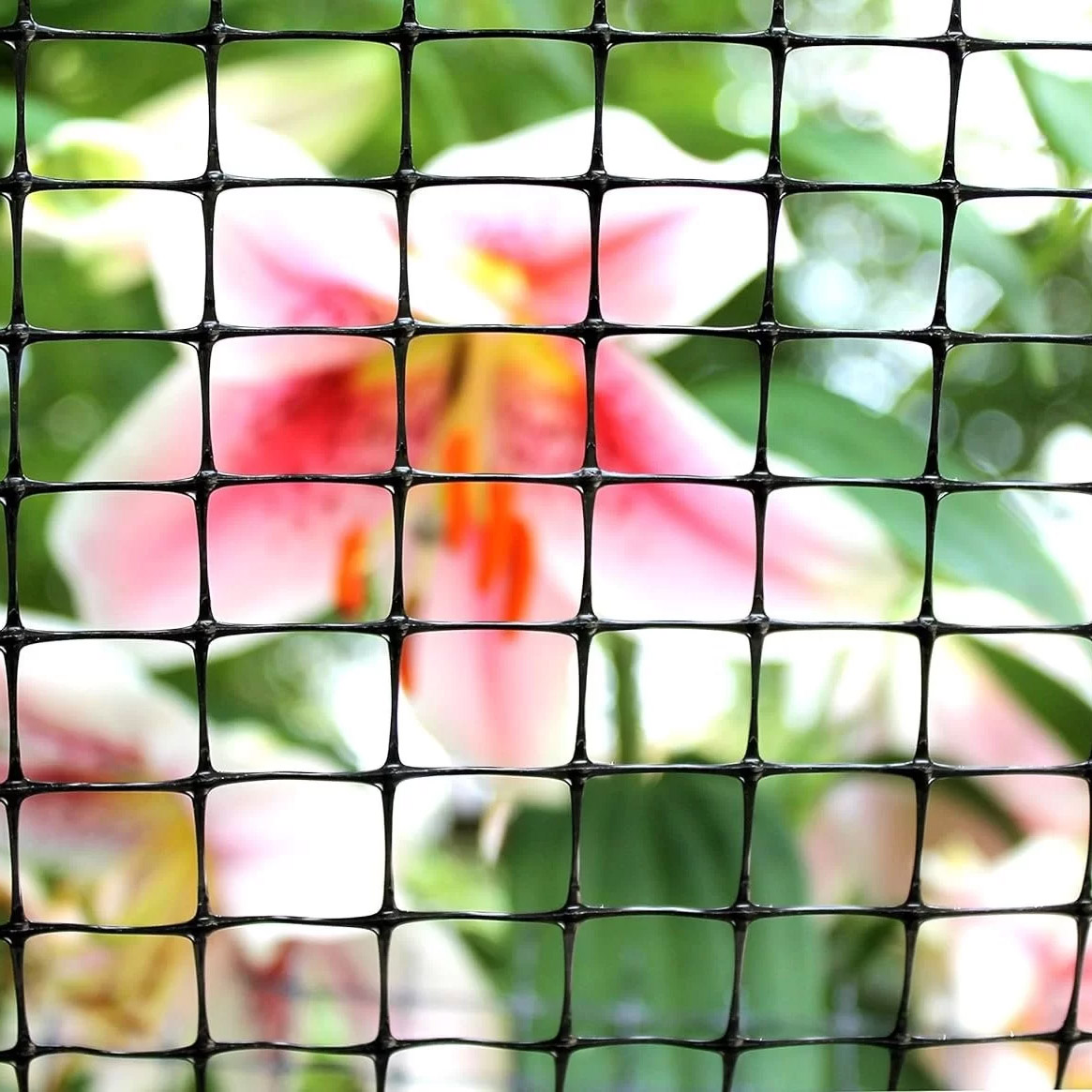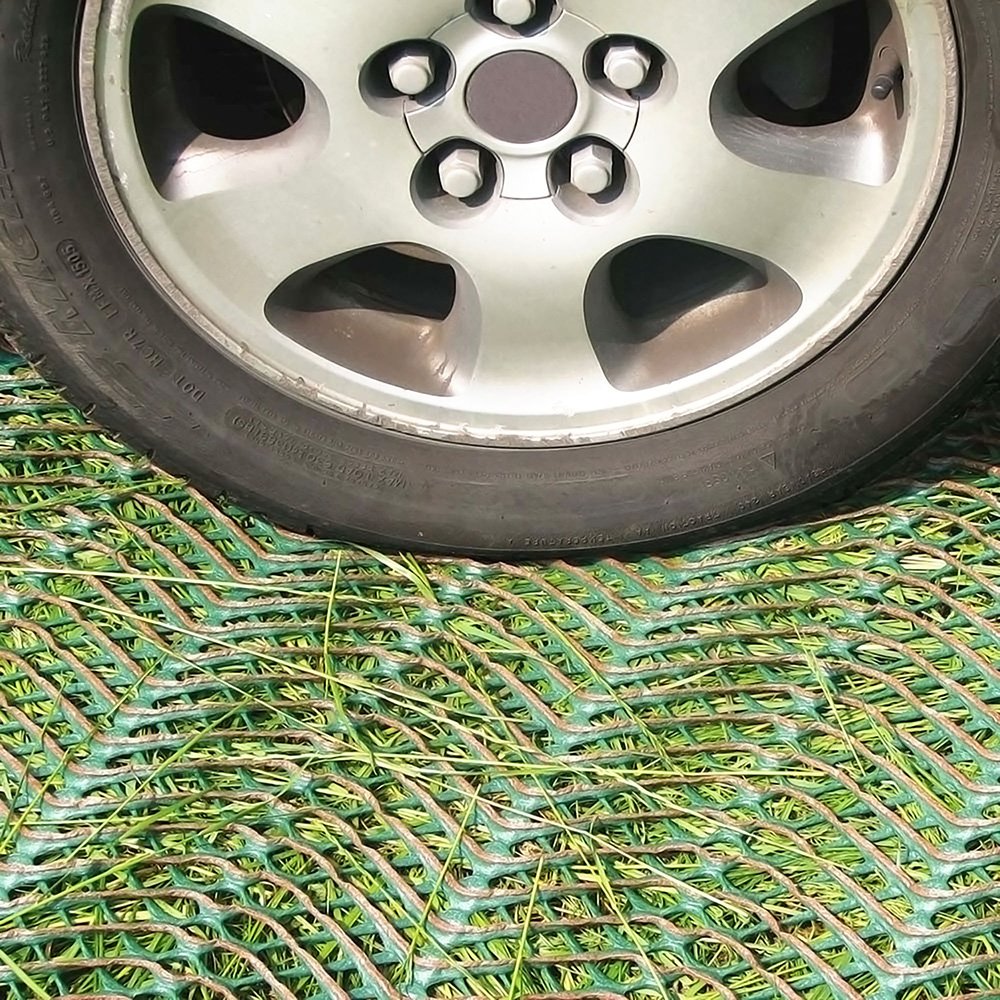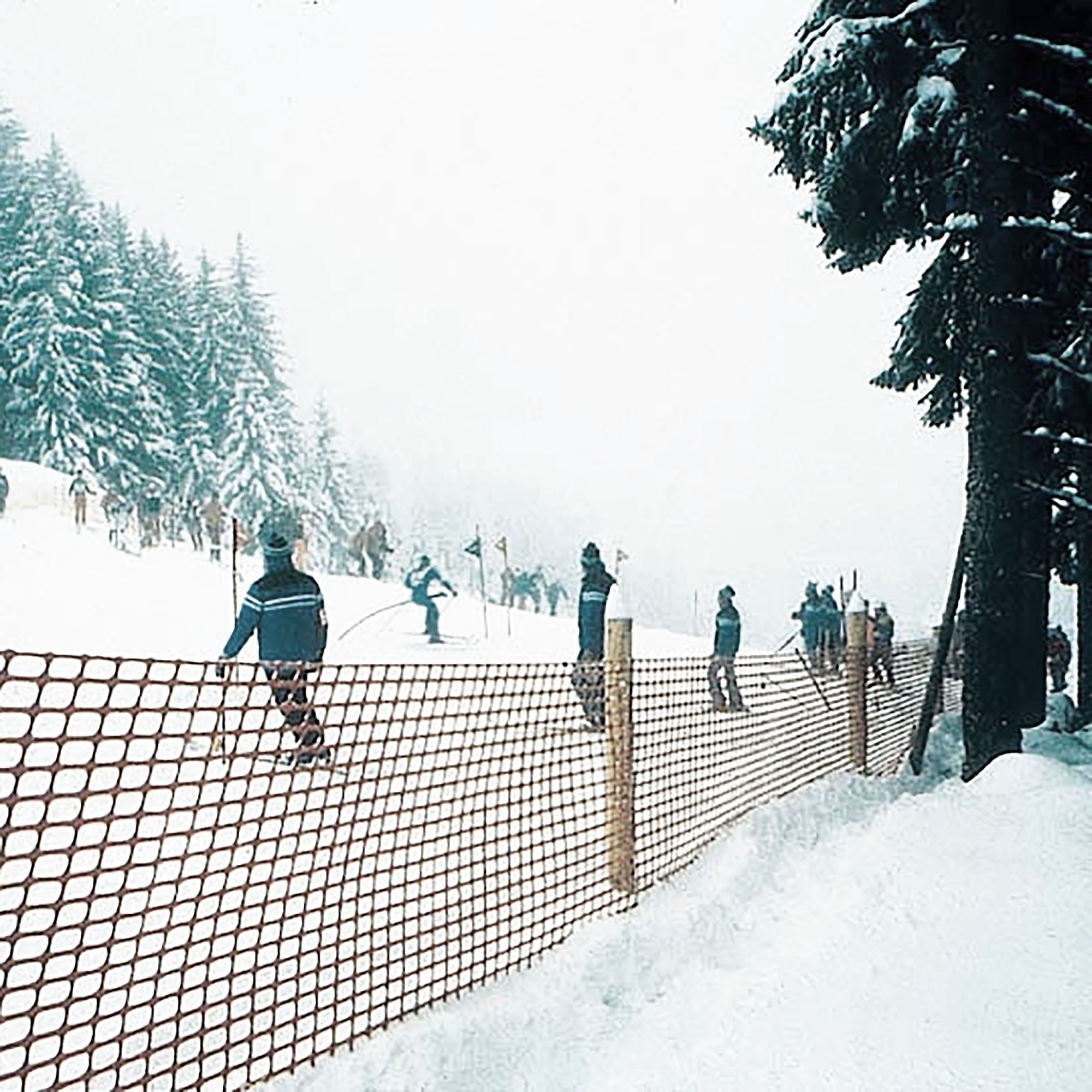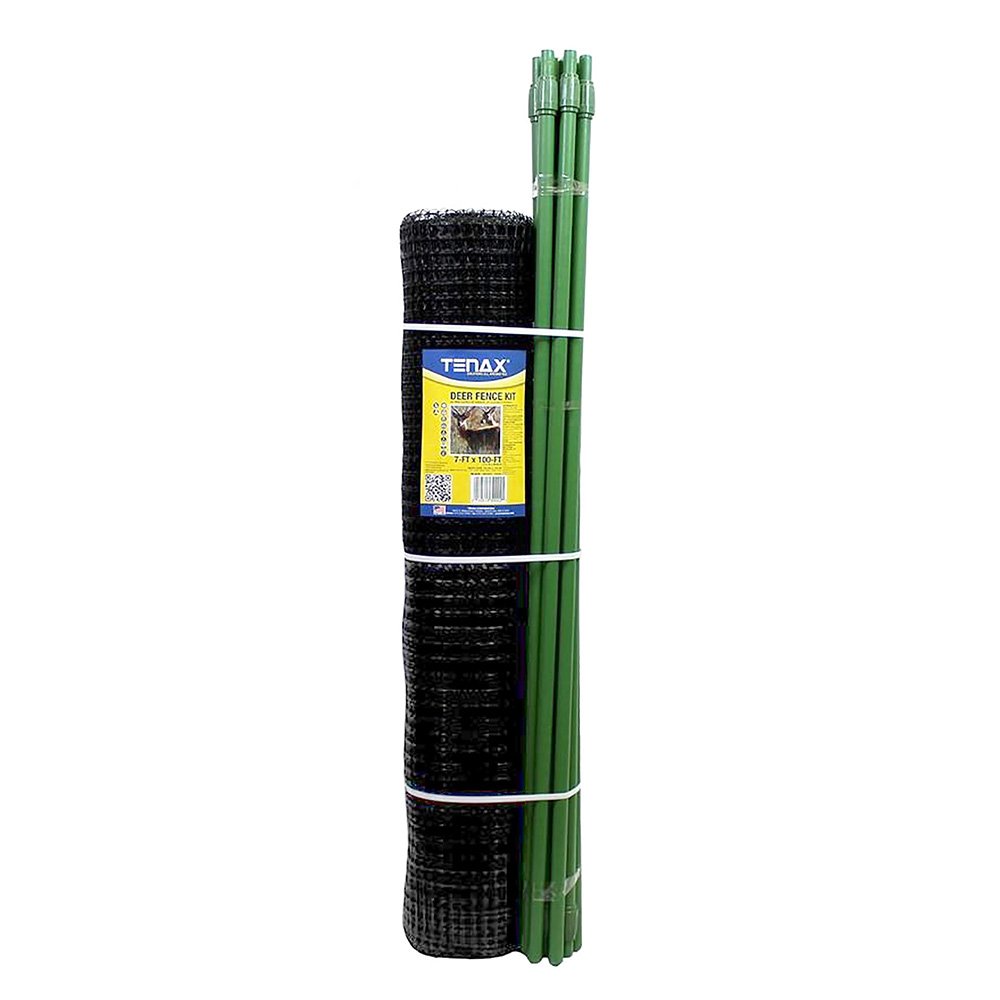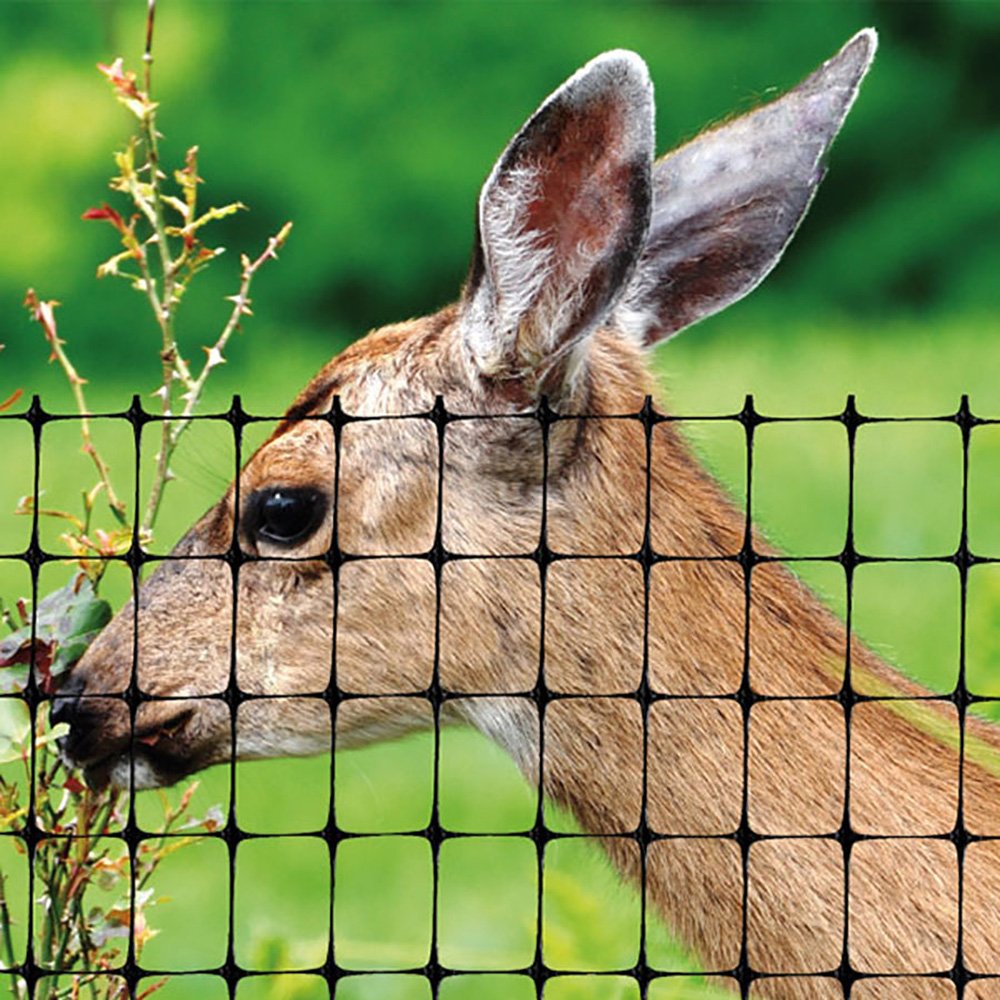What is the Best Kind of Netting for Climbing Plants?
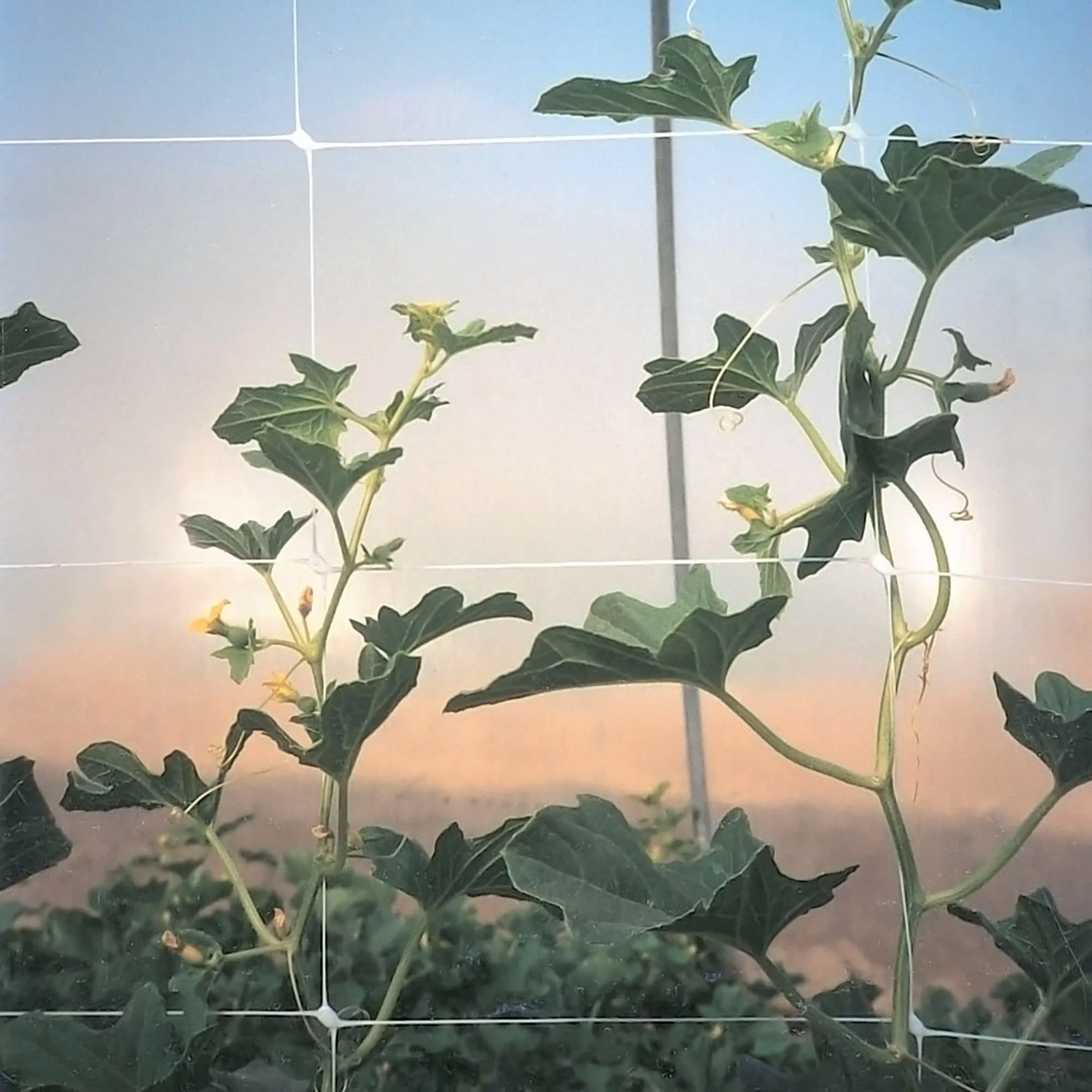
Climbing plants do best when they have something strong to reach for. The right support helps them grow tall and stay healthy. Plastic mesh netting is the best kind of netting for climbing plants because it gives gardeners a new option that is light and easy to set up in raised beds or long rows. The mesh bends easily around the stems, which lets the plant grow without cutting or bruising it. As the vines grow up, the air flows better around the leaves, more sunlight reaches the plant, and the plant grows stronger and more evenly.
Is Netting Better for Plants than Wood or Metal Supports?
Wood and metal frames can help hold things together, but they also have some problems. Wood can rot or attract bugs, especially in wet climates, and metal can rust or corrode when it comes into contact with moisture and soil. Also, these supports can be a little too stiff, which makes it harder for plants to grow naturally.
Plastic mesh, on the other hand, is made to last because it can withstand outdoor conditions season after season without breaking down. Its synthetic design keeps moisture, soil contact, and ultraviolet light out, making it last a long time. With this option, you get a cleaner, more durable setup compared to many natural material that also allows for plants to grow as naturally as possible while also providing structure. One of the benefits of plastic mesh is that as plants climb neatly along the grid, they are easier to prune, manage, and harvest. Assitionally, the improved airflow across the leaves also reduces the risk of fungal problems with the result being healthier plants with better yields.
How to Install Climbing Plant Netting
Getting the most from plant netting starts with a good installation because if the mesh is evenly spaced, each branch/vine has room to grow while still getting enough light for photosynthesis. This open design also makes it easier to harvest fruit or trim back vines without fighting with the support itself, making it just as easy if not easier to do than if you had nothing at all. Unlike wood or metal, the plastic won’t rust or degrade, and it naturally resists mold and bacteria, so it stays clean and safe throughout the season. Better yet, the grid pattern reduces the need for tying or extra fasteners, which means less work for you and fewer stress points for the plant.
Tenax Fence Install Guide:
-
Step One: Pick your style of setup first. For climbing vegetables like beans, cucumbers, tomatoes, etc you should use a vertical layout while for flower beds, we recommend you use a horizontal layout. When using vertical netting, you're going to be using stakes or posts whereas when using horizontal netting, it should rest on a frame or bed surface. Just make sure to not overload your netting with your plants as exceeding its load rating will cause damage to both your plants and your netting.
Step Two: Measure the area where the netting will go and cut it a little bigger than that so you have some room to move when you attach it. As you get the mesh ready, make sure it stays square and untangled and when cutting, don't stretch the material unevenly. This will help the net stay firm once it's put up.
Step Three: Unroll the netting and start attaching it to your frame or posts, starting with the top edge, then secure the sides and bottom. Use zip ties, garden clips, or twine that won't hurt the mesh. When using it vertically, pull on it gently to keep the grid in place as the plants grow. To keep stems upright and supported when using the mesh horizontally, make sure it is flat all the way across.
Shop Crop & Vegetable Support
Contact Us
If you're looking to improve the way your vegetables or flowers grow, plastic plant netting is an easy and effective upgrade. It helps support climbing plants, improves air circulation and sun exposure, and makes harvesting simpler, all while being easy to install and reuse. Whether you're building a vertical support for cucumbers or a flat frame for flowers, this type of mesh is a reliable choice for healthier, more productive plants. If you have questions about selecting the right netting for your space or setup, our team is ready to help. Reach out today to get expert guidance and find the best support solution for your next growing season.
Contact Us
